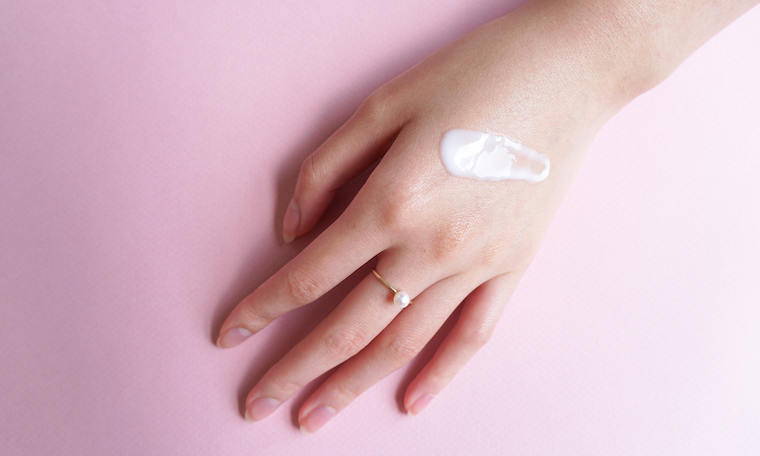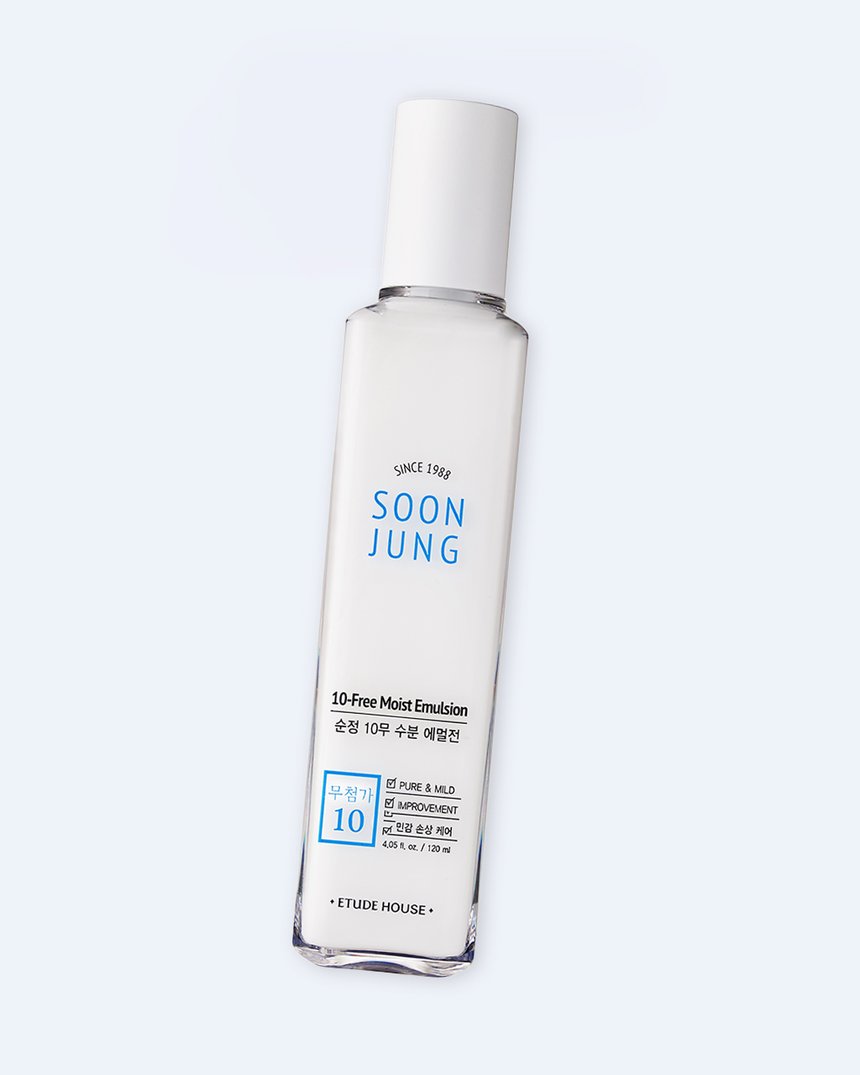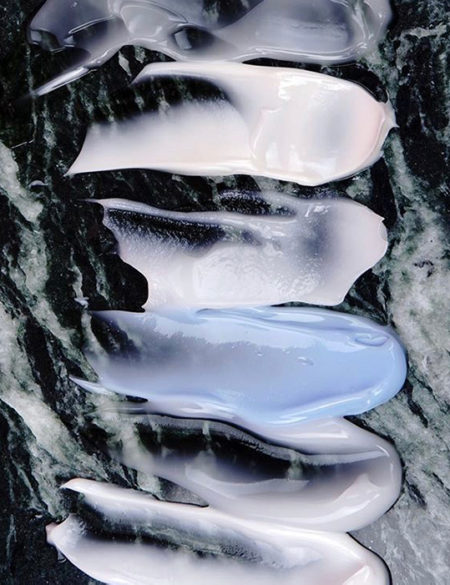What is an emulsion, and how is it different from a moisturizer? Here, we break down everything you need to know about emulsions, a hero product in the K-beauty routine.
Emulsion is a word that seems to get thrown around a lot in the K-beauty world, but no one ever seems to be able to give a straight, consistent answer of what it is or why you should use it.
I remember the first time I got a sample emulsion and I had no clue what to do with it, and to my shock, neither did the salesperson who gave it to me. However, emulsions are actually a staple in Korean skin care routines and offer a whole range of benefits. So I decided it was time to break down what an emulsion is, what it does, and how it can be used.
What is an emulsion, and how is it different from a cream?
In a nutshell: Emulsions are lighter versions of moisturizing creams. Unlike most heavy facial creams, emulsions are typically water-based, which means they go on lighter and thinner than creams. In some cases, emulsions come in gel or almost liquid forms. On the whole, emulsions absorb into the skin much more quickly and don’t sit on top of the skin the same way some creams do.
In this photo, an emulsion is on the left and a moisturizer is on the right:

So what do emulsions do?
Emulsions offer many of the same benefits of a cream, just in a lighter formula. They’re formulated to act as a moisture lock that seals in all the hydration and benefits of your essence and serums.
However, many people use emulsions as a continuance of their treatment products, not just as a moisturizer.
When do you use it?
Emulsions are the in-between product between serums and creams. It’s not quite as light as a serum, but not quite as heavy as a cream. Similarly, it isn’t as concentrated as serums, but more targeted than heavy creams. And so, that’s right where it goes in the skin care routine—after serum and (optionally) before your final moisturizer. But how you use an emulsion really comes down to your skin type.
Emulsions for each skin type:
For very oily skin, emulsions can be an great option as your final moisturizing step before applying SPF. The fact that emulsions are lighter, water-based, and more easily absorbed make them attractive to people with oily skin as a way to get the hydration your skin needs without the weight and sheen of a cream. And if you live in a place that gets hot and humid, an emulsion can be a great option to keep your skin cool and light in the heat, while still delivering the hydration it needs. However, you should make sure that the emulsion you’re using is specially targeted for hydration to be sure your skin doesn’t get the short hand on moisture.
For combination and acne-prone skin, you can use an emulsion to target oil, blemishes, and excess sebum. This can be done by applying an emulsion to the whole face or to specific areas, like the T-zone. Look for an emulsion that contains natural BHAs that keep the skin clear of dead skin cells and excess sebum, with soothing ingredients like centella asiatica that deliver hydration and moisture without producing more oils.
Normal skin types can still obtain benefits from emulsion even if they don’t have a skin concern they want to target. Use an emulsion that is lightweight enough not to burden or stifle your skin throughout the summer and provides hydration in the winter.
For sensitive skin, emulsions are perfect to promote healthy, nourished skin without irritating it or penetrating deep enough to provoke inflammation and redness. The Etude House SoonJung 10 Free Moist Emulsion is ideal to balance the skin’s pH, brighten, and moisturize without irritating the skin. It’s perfectly lightweight and doesn’t feel too heavy. It goes beyond hydrating, and includes ingredients like madecassoside and panthenol, to soothe irritated and sensitive skin.
And if you’re in my camp and struggle with dry skin, emulsions are seriously a life-saver. When you double up on emulsion and cream, the emulsion locks in the moisture from your prior steps and the cream can be focused on just soaking into the skin and hydrating it even further. For dry skin, the Etude House Moistfull Collagen Emulsion is perfect to adhere moisture and nutrients to skin and leave it feeling hydrated and elastic. The emulsion has small particles of super collagen water and baobab water which absorb quickly into skin; it’s lightweight yet moisturizing, and with a jelly-like consistency and smooth formula, you’ll feel your skin become hydrated and refreshed immediately.
For even more moisture, you can also mix a facial oil into your emulsion since emulsions are water based and mixing in an oil means your skin gets both water and an oil-based moisture.
Bottom Line
Ever since I started using an emulsion, my skin wakes up feeling hydrated and supple, and I certainly feel it has helped my night cream be more effective. And during the winter months when my skin is fighting against freezing New York City winds, I apply the emulsion in the morning too and that extra layer of moisture really saves the day.
At the end of the day, it makes sense why emulsions have been so hard to pin down: because they have different uses and purposes for everyone.
Just like treatment products, what emulsion you use and how you use it really depends on your specific needs. But whether you’re trying to find a lighter moisturizer for humid weather, or you’re looking for another layer of moisture to keep your skin from drying out, emulsions can certainly find a way into your routine. And, take it from me, you’ll be happy once they do.





